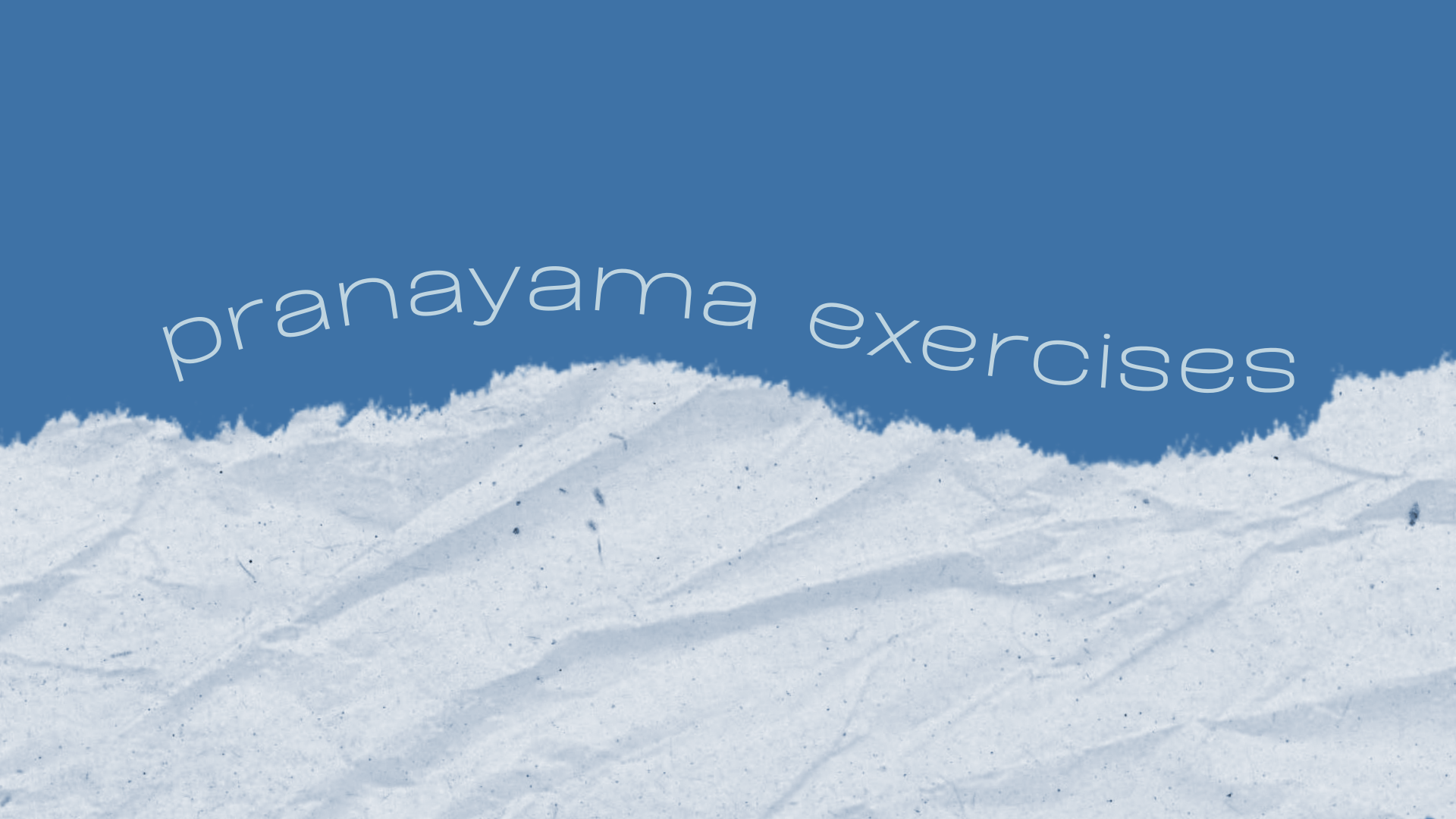
Benefits of Pranayama
Pranayama is the ancient yogic practice of breath control and has many health benefits. In the fourth limb of Ashtanga yoga, it is recommended to practice Pranayama when one feels in harmony with themselves and the world and is positioned comfortably.
What Is Prana?
Prana is the Sanskrit word indicating Universal Energy. It also indicates Breath or the Breath of Life. In Yogic Philosophy, there are five different types of Prana that allow us to manifest a particular type of energy within the Universal Life Force. Prana is sometimes also called Qi, or Universal Life Force Energy.
What is Ayama?
Ayama is a Sanskrit term meaning to extend or draw out.
Practicing Pranayama means increasing the amount of Life Force Energy within our being. Since Prana is pretty synonymous with Breath, one can balance, energize, and heal by practicing different breathing techniques. These techniques can help one consciously choose the energy particles that make up and flow within their being.
How Does Pranayama Help?
Of course, we absorb and store things over time. Some are happy and encouraging, while others are sad or traumatic. However, the act of releasing energy allows one to make space for different energy to come in.
Just like the act of breathing, our energy particles can be either voluntary or involuntary. This is one of the many reasons that breath retention and other breathing exercises are so beneficial for the overall well-being of the mind, body, and spirit.
Why Practice Pranayama?
Breathing exercises decrease stress and help with insomnia. Simultaneously, pranayama increases mindfulness and improves lung and brain function. Practicing breathing exercises, particularly retention, during asana practice helps to strengthen your practice, flexibility, and mobility. Separately, breathwork purifies blood and skin and will literally beautify your physical features, decreasing fine lines and wrinkles, acne, and cellulite.
A strong pranayama practice increases light, heat, energy, breath control, and mental wellness. It also detoxifies the body.
Pranayama Exercises:
In a clean space with fresh air flow, maintain a healthy and happy mindset to consciously manifest the energy you are intaking. Then, practice these breathing exercises. You can also enhance and specify your breathing exercises by using hand mudras.
- Diaphragmatic Breathing:
Push all the air out of your body. Then, place your hand on your diaphragm. Fill up your belly while inhaling through your nose & push the belly out. Exhale through the mouth, while pushing air out of the belly. Notice the movement of the diaphragm and isolate the diaphragmatic movement from that of the belly. Feel the movement of your diaphragm with your hand for awareness to identify the difference between stomach and diaphragm contractions.
- Breath Retention:
This practice eliminates stuck energy and helps one to process stuck energy. It is recommended to inhale for a certain count, exhale for twice the initial count, and hold in between for double the length of the exhale. For example, inhale for a count of 4, hold for 16, and exhale for 8.
- Nadi Shodhana pranayama:
Using Vishnu Mudra, press one nostril closed and breathe through the other. As you inhale and exhale, feel the activation of your neurological pathways. Alternate breathing in & out of the same nostril, one at a time. Be aware that the right nostril activates the left hemisphere of the brain while breathing through the left activates the right hemisphere.
- Surya Bheda pranayama:
Use Vishnu Mudra to press one of your nostrils closed. Inhale through one nostril, and exhale out the other. After exhaling, inhale through the same side, switch, and exhale out the other. Continue to press closed the nostril that isn’t in use. This will activate and balance both hemispheres of the brain. Inhale through the left, pressing closed the right. Press closed the left, and exhale out the right. Inhale in the right, close the right, and exhale out the left.
Conclusion
Pranayama continues to benefit those who choose to practice it. Regardless of age, length of practice, and mental or physical limitation, pranayama exercises significantly supplement health.
Practice these exercises daily for best results. Notice how you feel before and after your practice. Then, continue your practice and track your progress. Maintain a happy and positive mindset during your breathing exercises, and practice as often as you see fit.
There are many more exercises in Yogic Pranayama but begin with these. For now, start here to see a noticeable difference in your mental, physical, and spiritual well-being.
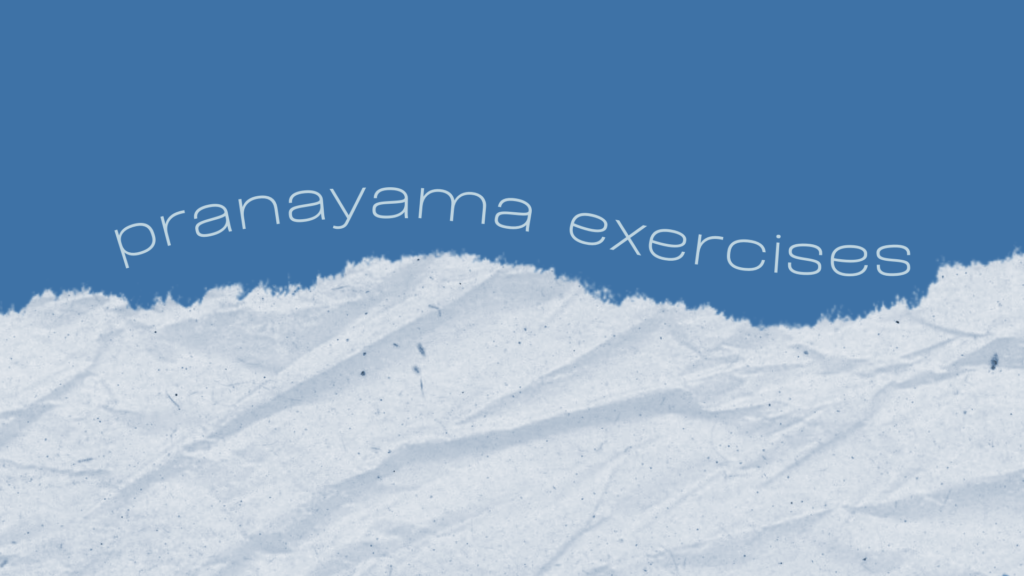

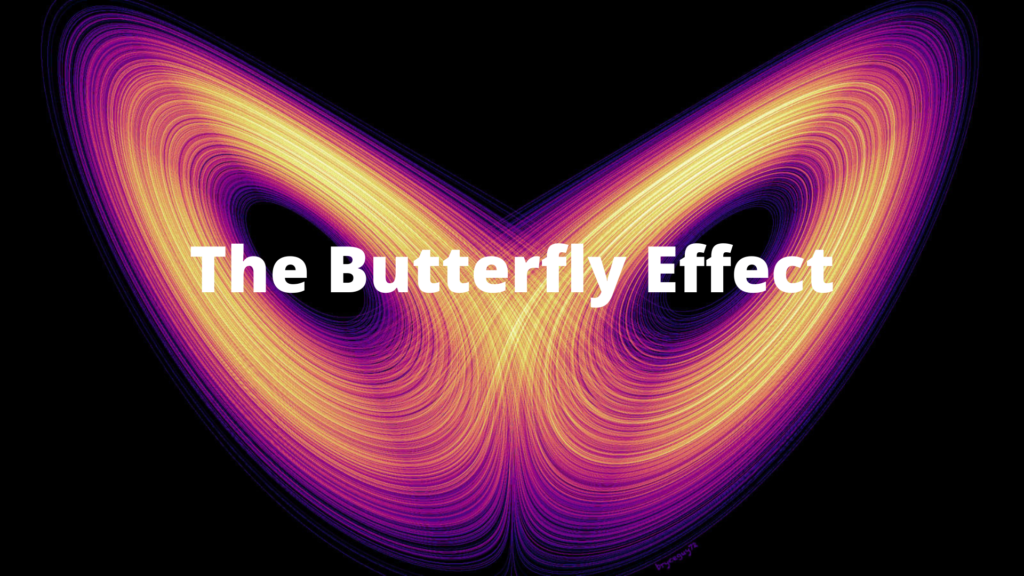

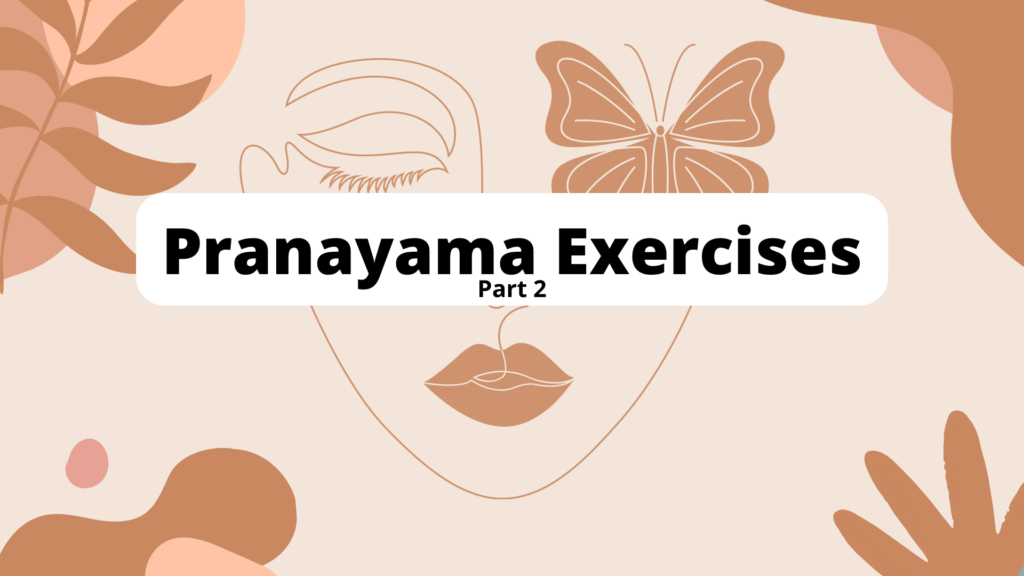

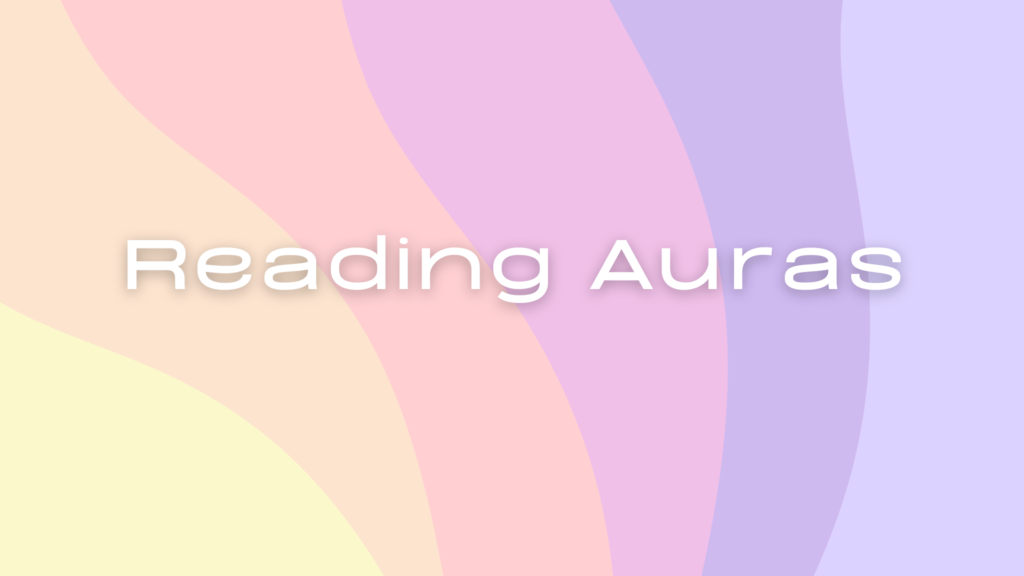

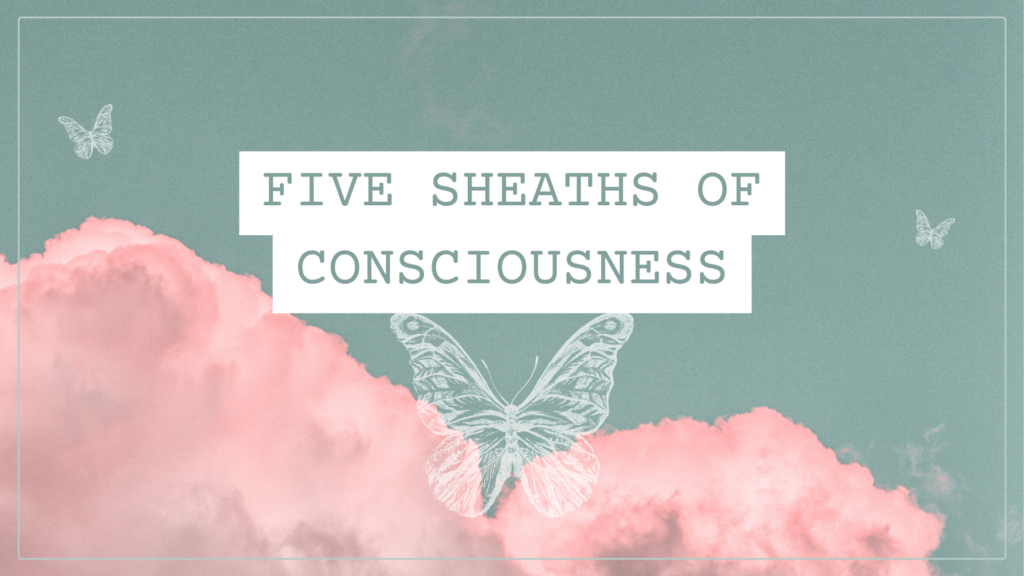

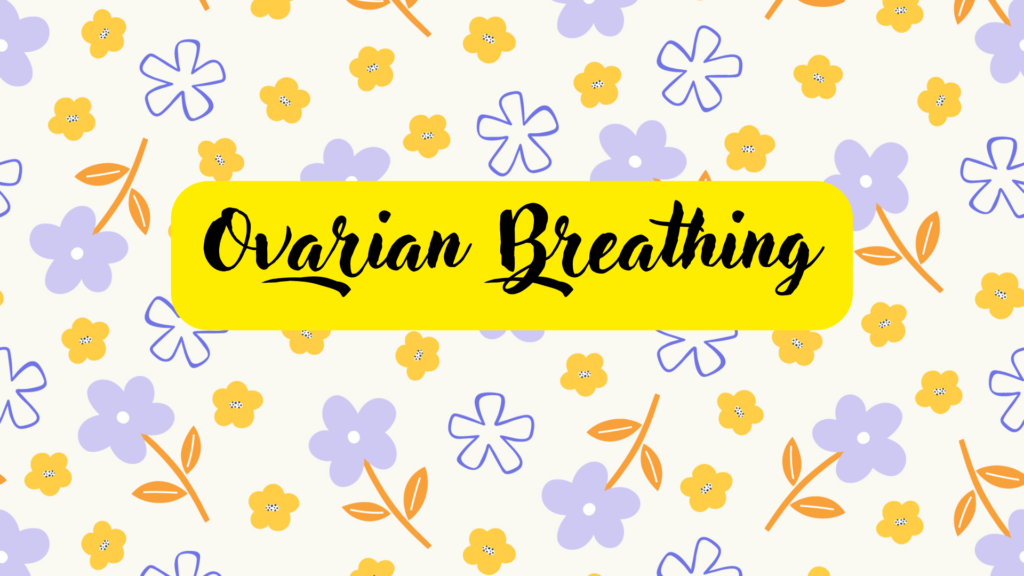

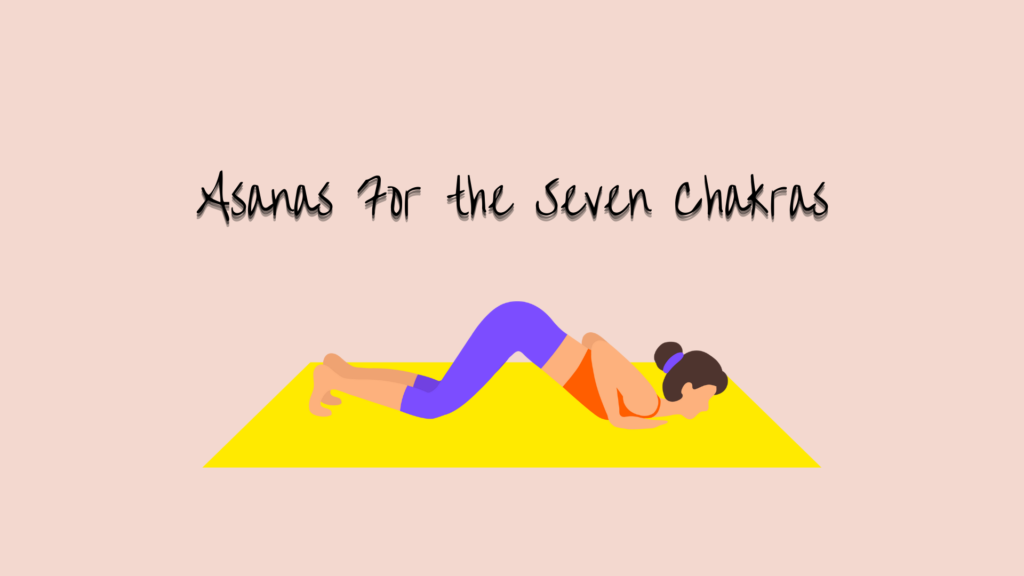
Leave a Reply